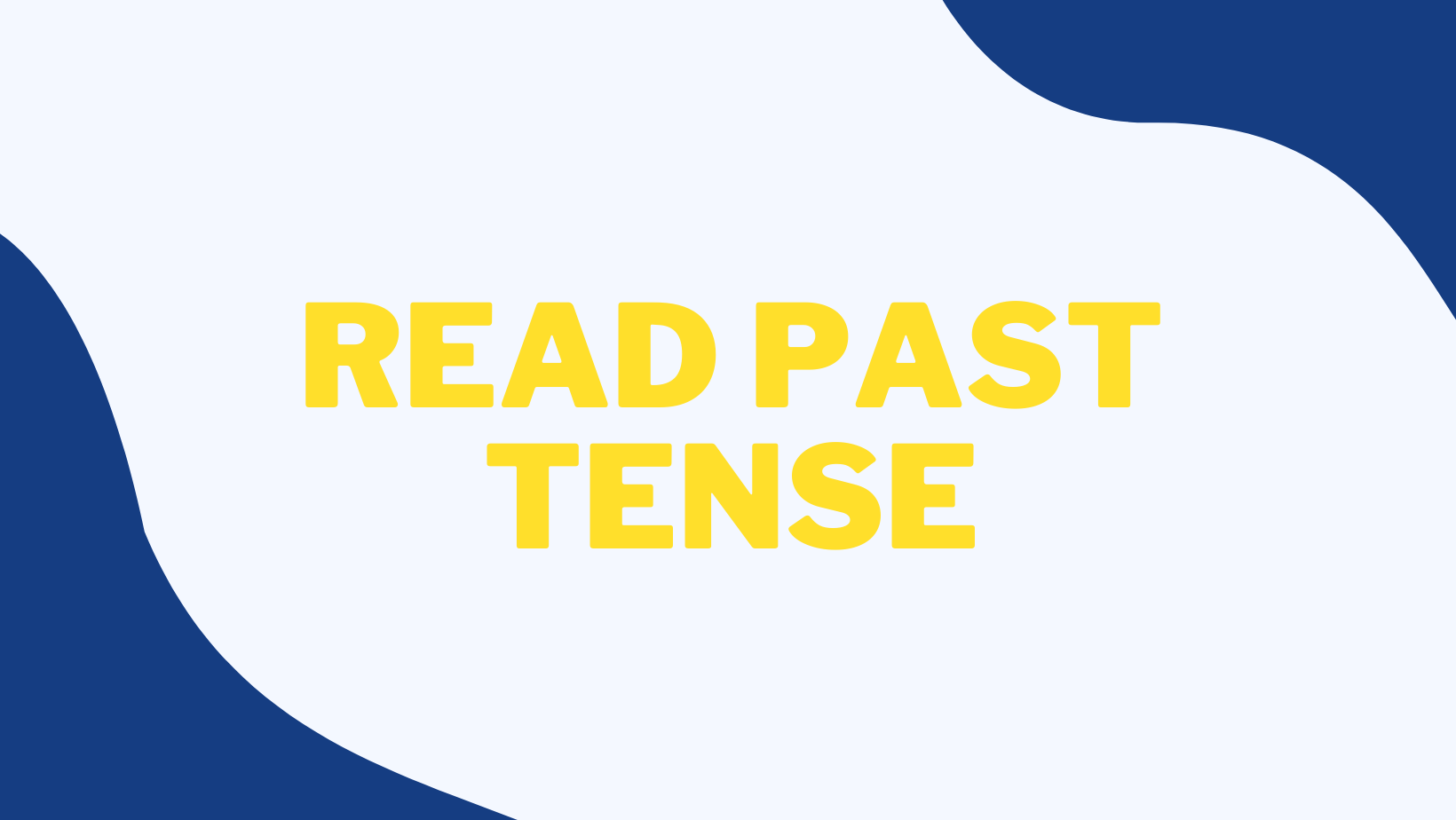we will explore the past tense of read in this article! Language, in all its glory, constantly challenges us with its intricacies. One such aspect that often confounds learners is the formation of the past tense. While many verbs follow a straightforward pattern, some verbs, like “read,” possess a unique transformation that requires a closer examination. In this article, we will explore the past tense of “read,” shedding light on its complexities and providing a comprehensive understanding of its usage.
The Present Tense of “Read”:
Before delving into the past tense of “read,” it is essential to establish a foundation by understanding its present tense usage. In its present tense, “read” is an irregular verb that has the same spelling and pronunciation for both the base form and the simple present form. For instance, “I read books every day” or “She reads a novel before bed.” This consistency makes it simpler for learners to grasp the present tense of “read” compared to its past tense counterpart.
The Past Tense of “Read”:
The past tense of “read” undergoes a transformation that differentiates it from regular verbs. Instead of following the conventional pattern of adding “-ed” to the base form, “read” takes on an altered form in its past tense. The correct past tense of “read” is “read” (pronounced as “red”). While this may seem perplexing, it stems from the verb’s etymology and historical usage.
Understanding the Etymology:
The irregularity of the past tense of “read” can be traced back to its Old English origins. The verb “read” is derived from the Old English word “rǣdan,” which underwent a vowel shift over time. During the Middle English period, this shift resulted in a change in pronunciation, leading to the modern-day pronunciation of “read” (reed) in the present tense and “read” (red) in the past tense.
Contextual Differentiation of the Past Tense of “Read”:
To further grasp the intricacies of using the past tense of “read,” it is crucial to understand its contextual differentiation. While the pronunciation of the past tense form “read” remains the same as the present tense form, the surrounding words and the context play a significant role in distinguishing between the two. For example:
- Simple Past Tense:
- I read an intriguing novel last night. (pronounced “red”)
- Present Tense:
- I read books every day. (pronounced “reed”)
In the first sentence, the context makes it evident that “read” is used in the past tense, as it refers to an action completed in the past. However, in the second sentence, the context implies that “read” is used in the present tense since it describes a habitual action.
The Importance of Context: The Past Tense of “Read
The reliance on contextual clues to differentiate between the present and past tense of “read” emphasizes the significance of context in language comprehension. It highlights how our understanding of language is not solely reliant on isolated words but also on the interplay between words, grammar, and context.
The past tense of “read” presents a unique challenge to language learners due to its irregularity and shared pronunciation with the present tense. By examining its etymology and contextual differentiation, we can gain a clearer understanding of its usage. Remember, “read” in the past tense is pronounced as “red,” and context is crucial in distinguishing it from the present tense form. Embrace the intricacies of language, and let the journey of mastering English continue with newfound confidence.



